| Ice vs Heat Therapy: Which is right for me?13 June 2017 | Eugene We all know that if you're hurt or injured, applying heat or ice to the area is supposed to help. This sounds simple at first, but the reality is that there's a huge amount of confusion surrounding the issue. When do you heat an area, and when do you cool it down? In truth, choosing the wrong type of therapy for the wrong injury can actually make things worse, and not better. That's why it's important to know the difference between the two, and when it's important to use them. At Health and Care, we've put together a handy guide to help you know when to enjoy the heat, and when to chill out.
Ice vs Heat: Clash of the TitansIt may seem a little bit of an exaggeration to refer to hot and cold packs as "Titans", but they really can pack a powerful healing punch at an affordable price. Reducing pain, relieving swelling, increasing blood flow and reducing stiffness are all important weapons in their arsenal, but the benefits they can provide are very different. A combination of hot and cold therapies can help boost your recovery from almost any muscle or joint-related injury, so it's well worth learning how to apply them to your own problems and how to make them work for you. First up, we need to learn the key differences between the two. As a general overview: ice fresh injuries, and heat stiff, aching muscles. This isn't always true though, so let's get a little more depth.
What is Ice Therapy?Ice therapy, or cryotherapy, works by reducing blood flow to a particular area, resulting in a reduction of the inflammation and swelling that cause pain. It's especially effective when used around a joint or tendon, like the knee area, as it temporarily reduces nerve activity, thereby reducing pain. Generally, benefits of ice therapy boil down to two main points:
When Should I Ice?Since the benefits of cold therapy mainly have to do with stopping immediate swelling and reducing pain, it's best used immediately after an injury. In fact, it should be used as soon as possible, as the swelling process can occur mere seconds after the injury takes place. For the first 48 hours after injury, ice is in its element, and will continue to relieve pain and swelling. For more serious injuries, it's recommended that cold therapy is applied in regular intervals for 3 to 5 days.
When Not to IceWhile cold therapy is great for certain ailments, there are other times where it will do more harm than good. For instance, never ice before exercise, as it can result in stiff muscles and an increased risk of injury. Also, cold therapy applied for too long or directly to the skin can result in skin and tissue damage, and even more discomfort. It's also a great rule of thumb to never ice back pain, as it often comes from tight muscle trigger points that can be made worse with further constriction. What About Heat Therapy?Heat therapy, or thermotherapy, is for treating sore muscles, chronic pain and stress. Issues that cause these problems can be more complex than the acute injuries cold therapy can treat, but heat therapy is still great for taking the edge off. Whatever their causes, muscle aching and stiffness are born out of tension and knots, which heat therapy will soothe and diminish.
Heat therapy works by improving circulation and blood flow to an area to increase flexibility, relax the muscles and contribute to the healing of damaged tissue. It comes in two main forms, namely:
The Bottom LineThe main takeaway is: think about the injury you have, how it works, and what needs to be done. Then consider: do I need this injury to contract, reduce swelling and stop hurting, or do I need to loosen the area, and regain some flexibility. For the former, use cold therapy, and the latter, heat therapy. There are some other common sense considerations that may seem like no-brainers, but come from some solid medical principles. Your brain will amp up its response, be it stiffness or swelling, if it feels there is an excess of heat or cold. So if you're sweating, avoid heat therapy, and if you're shivering, avoid cold therapy. Likewise, don't use cold therapy on stiff muscles, and don't use heat therapy on areas that are already hot to the touch. At the end of the day, you just need to let your body tell you what it needs, understand the warning signs, and don't ignore important key signals. After that, the choice between hot and cold therapies becomes second nature, and you can get back to doing what you love, worry free. Have any questions, or a little something to add? Why not let us know in the comments below, or get in touch on Facebook and Twitter! | |||||||





















